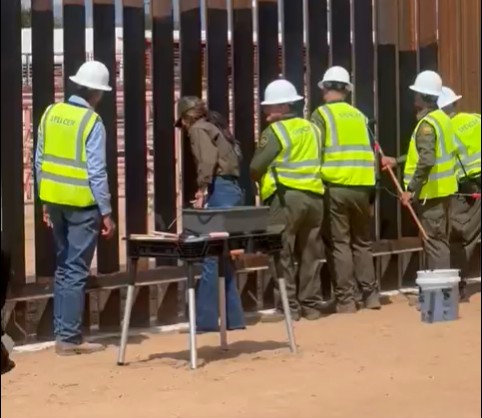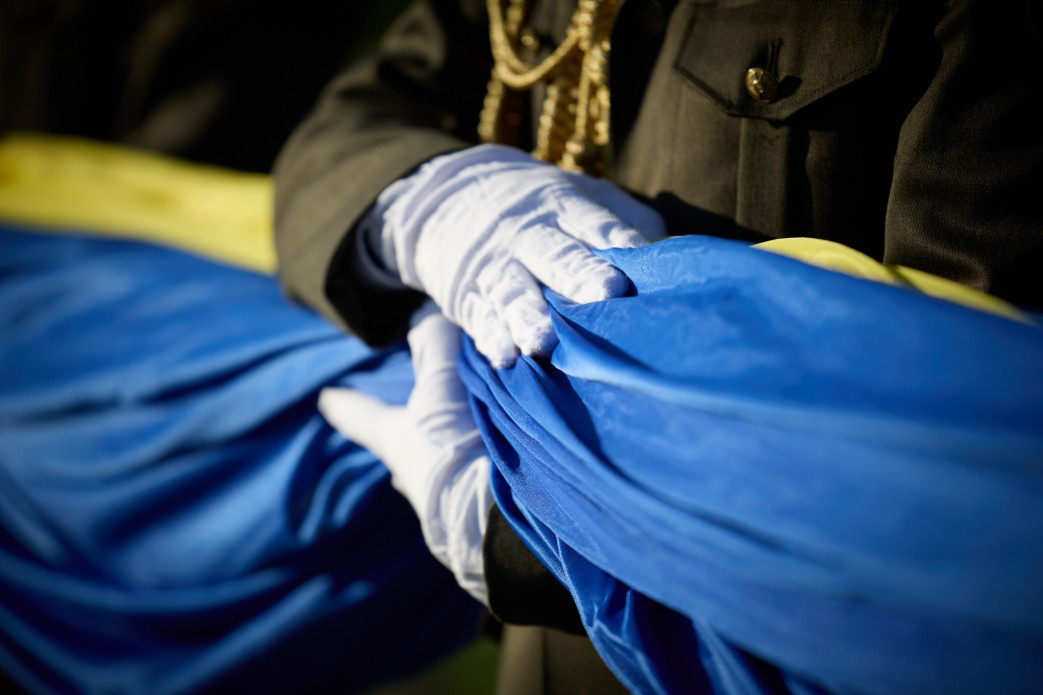In a bold move to heighten border security, Homeland Security Secretary Kristi Noem announced today that at President Donald Trump’s directive, the entire U.S.–Mexico border wall will be coated in black paint—a measure intended to increase heat absorption, intensify the barrier’s deterrent effect, and reduce rust.
At a press event in Santa Teresa, New Mexico, Secretary Noem emphasized the dual purpose behind the initiative: “When something is painted black, it gets even warmer, and it will make it even harder for people to climb.” This thermal strategy is coupled with the practical benefit of slowing corrosion in harsh environments. Border Patrol Chief Mike Banks supported the move, confirming that the black coating will extend the steel’s durability.
The plan encompasses over 600 miles of steel bollard-style fencing along the southern border, with crews already beginning the repainting process. The initiative is backed by funding from the “One Big Beautiful Bill Act,” which allocates roughly $46 billion toward completing and enhancing the border wall.
This updated aesthetic aligns with Trump’s broader second-term border strategy, which prioritizes enforcement and barrier enhancements over new construction. While the administration reports unprecedented reductions in border crossings, the “black heat” tactic revives interest and debate around physical deterrents. Critics question its practical efficacy and costs, with estimates from previous testing in the Trump administration suggesting limited long-term impact despite higher maintenance burdens.




